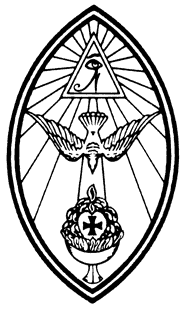
Ordo Templi Orientis (O.T.O.) is an occult initiatory organization founded at the beginning of the 20th century. The origins of the O.T.O. can be traced back to the German-speaking occultists Carl Kellner, Heinrich Klein, Franz Hartmann and Theodor Reuss. Later, the O.T.O. was significantly shaped by the English author and occultist Aleister Crowley.
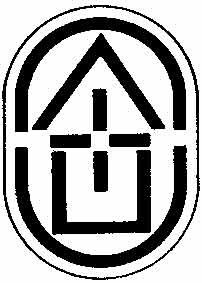
FUDOSI or FUDOESI was a federation of autonomous esoteric or mystical orders and societies, founded on August 14, 1934, in Brussels, Belgium, and disbanded in 1951. It was opposed by the similarly named Fédération Universelle des Ordres, Fraternités et Sociétés Initiatiques (FUDOFSI).
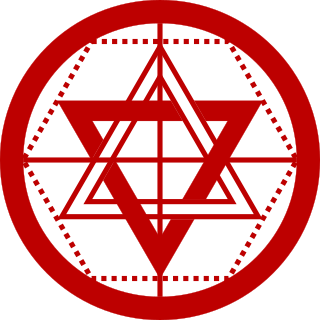
Martinism is a form of Christian mysticism and esoteric Christianity concerned with the fall of the first man, his state of material privation from his divine source, and the process of his return, called 'Reintegration'.

Gérard Anaclet Vincent Encausse, whose esoteric pseudonyms were Papus and Tau Vincent, was a French physician, hypnotist, and popularizer of occultism, who founded the modern Martinist Order.

Albert Karl Theodor Reuss also known by his neo-Gnostic bishop title of Carolus Albertus Theodorus Peregrinus was an Anglo-German tantric occultist, freemason, alleged police agent, journalist, singer and head of Ordo Templi Orientis.
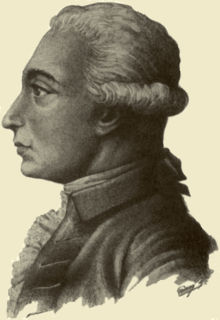
Louis Claude de Saint-Martin was a French philosopher, known as le philosophe inconnu, the name under which his works were published; he was an influential of the mystic and human mind evolution and became the inspiration for the founding of the Martinist Order.

The International Order of Freemasonry for Men and Women Le Droit Humain is a global Masonic Order, membership of which is available to men and women on equal terms, regardless of nationality, religion or ethnicity.

Joséphin Péladan was a French novelist and Martinist. His father was a journalist who had written on prophecies, and professed a philosophic-occult Catholicism. He established the Salon de la Rose + Croix for painters, writers, and musicians sharing his artistic ideals, the Symbolists in particular.

The Knights Templar, full name The United Religious, Military and Masonic Orders of the Temple and of St John of Jerusalem, Palestine, Rhodes and Malta, is a fraternal order affiliated with Freemasonry. Unlike the initial degrees conferred in a regular Masonic Lodge, which only require a belief in a Supreme Being regardless of religious affiliation, the Knights Templar is one of several additional Masonic Orders in which membership is open only to Freemasons who profess a belief in Christianity. One of the obligations entrants to the order are required to declare is to protect and defend the Christian faith. The word "United" in its full title indicates that more than one historical tradition and more than one actual order are jointly controlled within this system. The individual orders 'united' within this system are principally the Knights of the Temple, the Knights of Malta, the Knights of St Paul, and only within the York Rite, the Knights of the Red Cross.
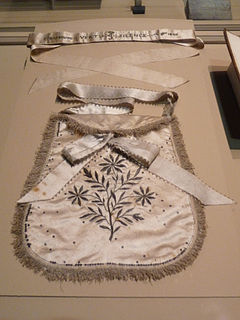
Freemasonry has had a complex relationship with women, which can be readily divided into many phases with no demonstrable relationship to each other until the 20th century. A few women were involved in Freemasonry before the 18th century; however the first printed constitutions of the Premier Grand Lodge of England appeared to bar them from the Craft forever.
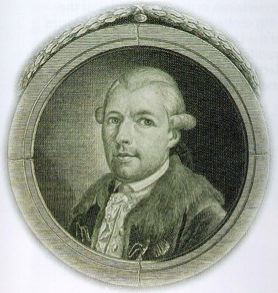
The Illuminati is a name given to several groups, both real and fictitious. Historically, the name usually refers to the Bavarian Illuminati, an Enlightenment-era secret society founded on 1 May 1776 in Bavaria, today part of Germany. The society's goals were to oppose superstition, obscurantism, religious influence over public life, and abuses of state power. "The order of the day," they wrote in their general statutes, "is to put an end to the machinations of the purveyors of injustice, to control them without dominating them." The Illuminati—along with Freemasonry and other secret societies—were outlawed through edict by Charles Theodore, Elector of Bavaria, with the encouragement of the Catholic Church, in 1784, 1785, 1787, and 1790. During subsequent years, the group was generally vilified by conservative and religious critics who claimed that the Illuminati continued underground and were responsible for the French Revolution.
Freemasonry in Denmark was first established in 1743 and is today represented by a number of Grand Lodges. The oldest and biggest Masonic Grand Lodge in Denmark is the Danish Order of Freemasons, in English also known as the Grand Lodge of Denmark.

The Rectified Scottish Rite, also known as Order of Knights Beneficent of the Holy City or Knights Benefactor of the Holy City is a Christian Masonic rite founded in Lyon (France) in 1778.

Jean-Baptiste Willermoz was a French Freemason and Martinist who played an important role in the establishment of various systems of Masonic high-degrees in his time in both France and Germany.

Jacques de Livron Joachim de la Tour de la Casa Martinez de Pasqually (1727?–1774) was a theurgist and theosopher of uncertain origin. He was the founder of the l'Ordre de Chevaliers Maçons Élus Coëns de l'Univers - Commonly referred to as the 'Elus Cohens' in 1761. He was the tutor, initiator and friend of Louis-Claude de Saint-Martin and Jean-Baptiste Willermoz.

Robert Ambelain (1907–1997) was a French essayist. He was involved in the esoteric Masonic Martinist movement and claimed to have revived the Primitive Scottish Rite. He has written several works, such as The Masonic Secret, in which he tells the most relevant aspects of Masonic lodges.
The Order of the Lily and the Eagle (OLE) was founded in Cairo, Egypt, on January 6/19, 1915 by Marie Routchine-Dupré with the assistance of Demetrius Plato Sémélas, both Masters in the Oriental Rosicrucian Tradition. After Marie Routchine Dupré’s death in Paris in 1918, the leadership of the Order was assigned to Demetrius Sémélas, who re-constituted it in Paris, on October 23, 1919. This is the constitution still in operation today.

The Order of Knight-Masons Elect Priests of the Universe or simply Élus Coëns, was a theurgical organisation founded by Martinez de Pasqually. It appeared in France in the second half of the 18th century and is the first branch of Martinist tradition, otherwise known as Martinezism.
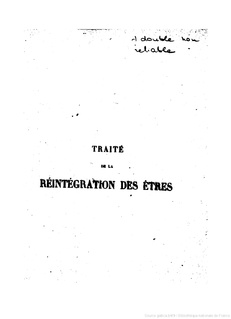
The Treatise on the Reintegration of Beings into Their Original Estate, Virtues and Powers both Spiritual and Divine is a book written by Martinès de Pasqually—a theurgist and theosopher of uncertain origin—in 1772–1773.
Marco Egidio Allegri (1897–1949) was an Italian esotericist. He is best known for his closeness to Gabriele D'Annunzio, with whom he was one of the protagonists of the "Fiume endeavour" which led to the Italian Regency of Carnaro.

















